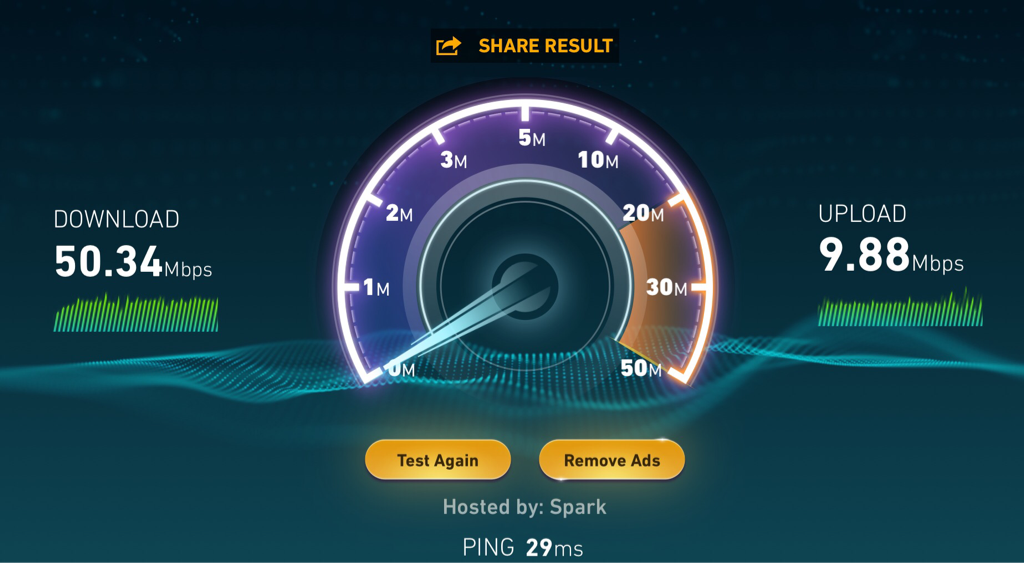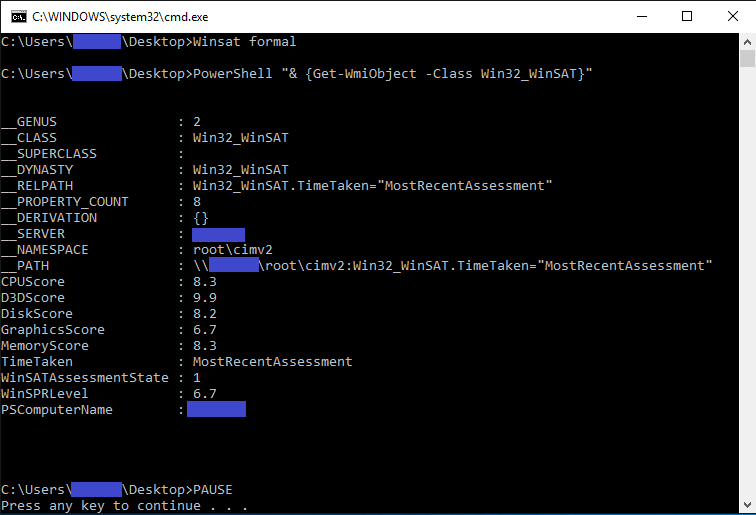|
The system was running beta firmware which provided access to AirCRM cloud control. Theoretically this meant that I could monitor the system remotely. Unfortunately it was far from stable in the sense that antennas showed as "offline" often and I couldn't do anything usefull remotely. The development of the firmware has currently been halted because ubiquiti's priorities have changed. So I decided to install the latest official firmware release (V7.1.4) for the AirMax AC antennas and see if it would bring any positive changes.
And behold. Throughput has gone up from 35Mbps to 45/50Mbps. Can't complain about that.
0 Comments
A couple hours of studying and one exam later and now I am a "Ubiquity Solar Residential Specialist". This is training required for Ubiquity sunMax solar equipment. I don't expect this equipment to be available in New Zealand any time soon. Currently there are no roof mounts available for a corrugated iron roof.
I updated the code on my github page. The new code hasn't been tested yet but I will explain what I believe was the problem and what I did to solve it.
I believe there is a problem when the millis() function overflows. This happens every 49.7 which corresponds to when the system went online and when it stopped reporting to wunderground.com. When I was researching possible alternatives for regularly timed operations I came across elapsedMillis & elapsedMicros. It is a standard function when using Teensy hardware and available as a library for Arduino. I expect to upload the new firmware around Christmas. Hopefully someone will adjust the camera directed to Picton before Christmas. A possum climbed on it on 2AM on December 1st. You can see the image shift on the time lapse on wunderground.com. At some stage Microsoft removed the graphical user interface to run and view your Windows Experience Index (WEI). WEI ran a test to score several components of your device as a performance indicator. I used it mainly to quickly check in stores with laptop might provide the best performance within my budget. But without the GUI gone it is not that simple anymore. Therefore I created a simple .bat file that runs WEI from the command lien and displays the result. There isn't much to it, see the commands below. You can put it on a USB drive and take it with you the next time you are shopping for a new laptop. Code Editor
Winsat formal starts the test and PowerShell "& {Get-WmiObject -Class Win32_WinSAT}" retrieves the results. After execution it will look similar like this. The lowest score determines the overall performance rating. In my case the seven year old graphics card. Download the .bat file below. You can verify its content with a text editor.
|
AuthorGeorge Timmermans, Research Toolmaker, Software Engineer and Tinkerer Archives
March 2024
Categories |
||||||
Proudly powered by Weebly





 RSS Feed
RSS Feed